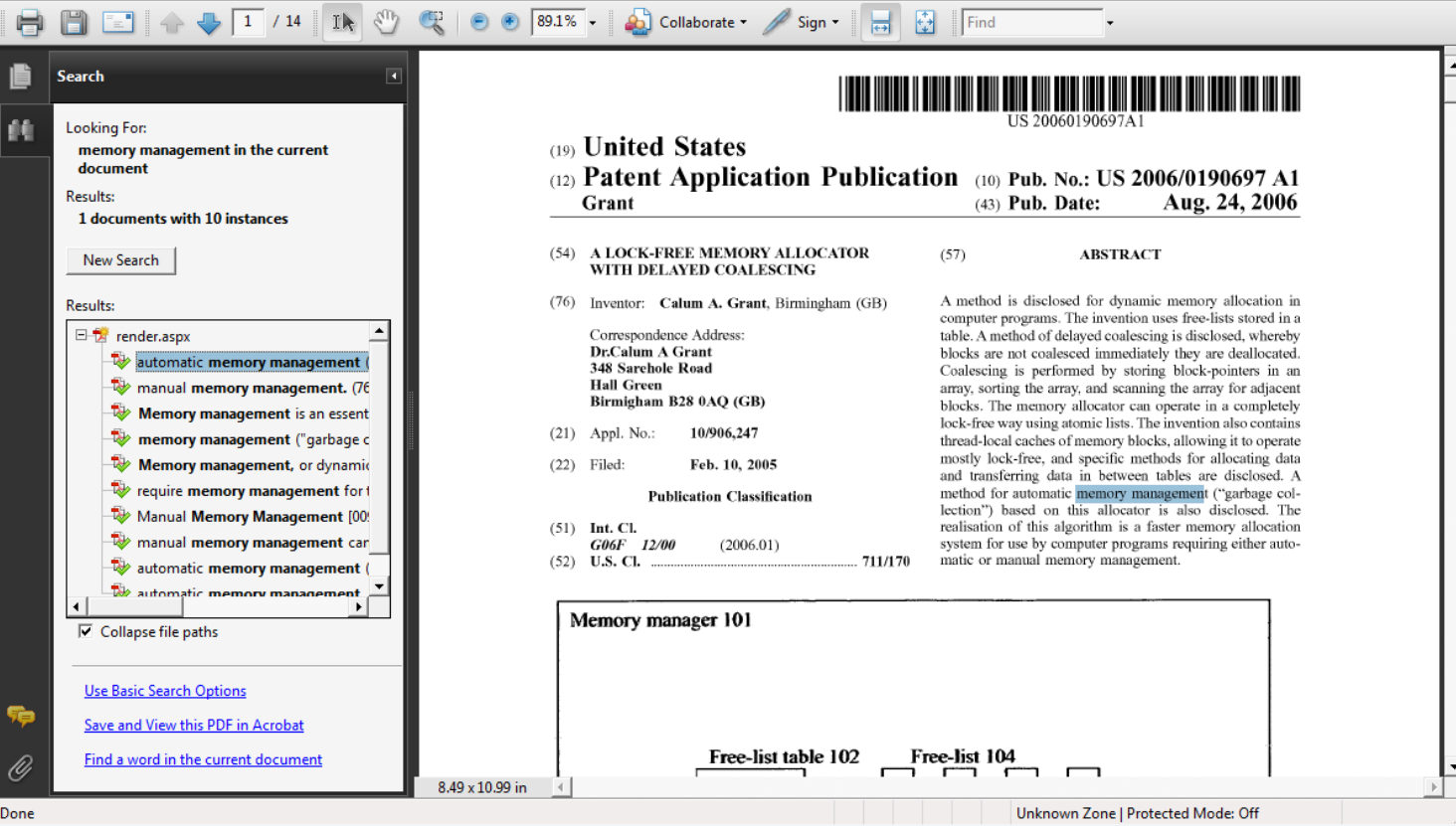
This brief guide aims to provide guidance for the creation of searchable PDF files from scanned documents, whether standard TIFF Files or Image-Only PDF files.
Normal
This is the most common type of PDF and is most typically created from a document such as Microsoft Word. It contains the full text of the page with appropriate coding to define fonts, sizes, etc. and will provide a faithful print of the original.
Image Only
This is a PDF that has been created from one or more images – most commonly as a result of scanning a document either directly to PDF or by converting a scanned TIFF image to PDF. These files do not contain any searchable text and most often comprise a set of Group4 or JBIG2 images in a PDF “wrapper”.
Searchable
A “Searchable” PDF is an “Image-Only” PDF that additionally contains a hidden layer of text generated by an OCR engine. This enables the file to be searched in the same fashion as a “ Normal” PDF. Text can be copied and pasted.
In the context of Document Imaging, a searchable PDF will typically contain both the original scanned image plus a separate text layer produced from an OCR process. The text layer is defined in the PDF file as invisible, but can still be selected and searched upon. PDF files are able to store images using most of the native compression schemes used in TIFF files, so for example Group 4 TIFF files do not usually require any format conversion.
A number of factors affect the accuracy of the text produced by the OCR process – 100% accuracy is certainly possible under good conditions but each of the following issues, and OCR processing options will have an impact.

Although some pre-processing options such as despeckle and deskew can help in some cases, the visual quality of the original scan is of paramount importance
The image resolution should be at least 150 DPI for OCR processing, and preferably 300 DPI for optimal n results, although for good quality scans 200 DPI is often sufficient. Non-lossy formats (TIFF Group 4, LZW etc) are preferred over lossy formats such as JPEG compression
This pre-processing option removes isolated “dots” within the image which can cause recognition problems, and makes the result image “cleaner”
This option can improve OCR results by straightening crooked pages.
The image resolution should be at least 150 DPI for OCR processing, and preferably 300 DPI for optimal results, although for good quality scans 200 DPI is often sufficient. Non-lossy formats (TIFF Group 4, LZW etc) are preferred over lossy formats such as JPEG compression
The language setting determines the set of characters that will be recognized, and the dictionary that will be used as a guide.
Aquaforest’s TIFF Junction [1] is able to convert TIFF and Image PDF files to searchable PDF with a highdegree of accuracy. When converting from a TIFF file, the process is fairly straightforward; each page image is run through the OCR process according to the options set, and the text layer and image are used to construct the PDF file.
When converting from Image PDF Files, an additional stage is required which creates a TIFF file from the
PDF document. By default this is done by rasterizing each PDF page to a bitmap and then converting to
TIFF. This ensures a complete representation of each page is made, and is suitable for documents that
actually have more than just a single image on each page (for example a Bates number as text) but can be slower than the “image extraction” method which directly extracts the images from each page.
Many conversion jobs can benefit from functionality such as Watched Folders, Scheduled Jobs, Windows Service and .Net API. To add these capabilities to TIFF Junction, Autobahn DX [2] is available which includes TIFF Junction as one of it’s components.